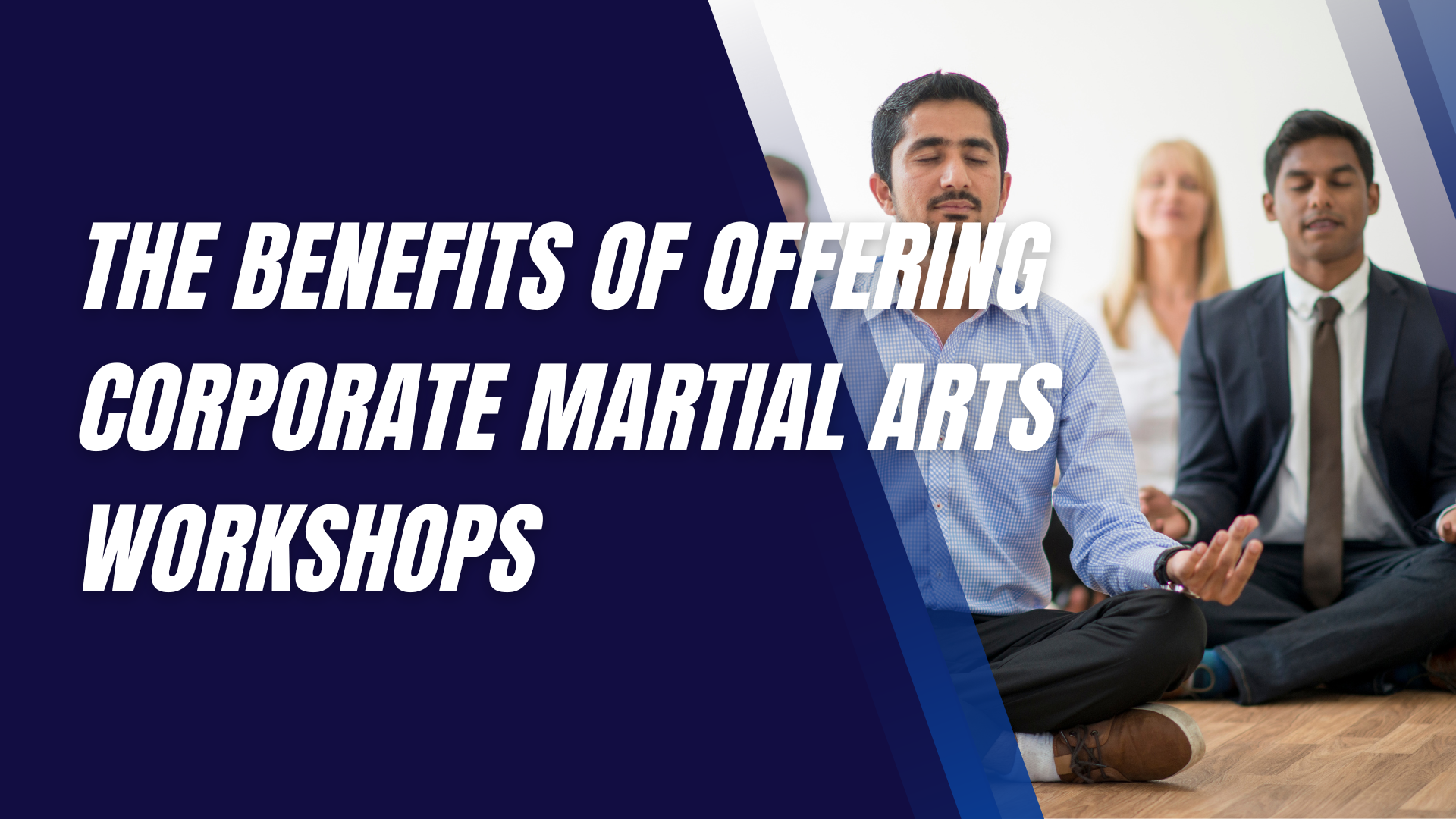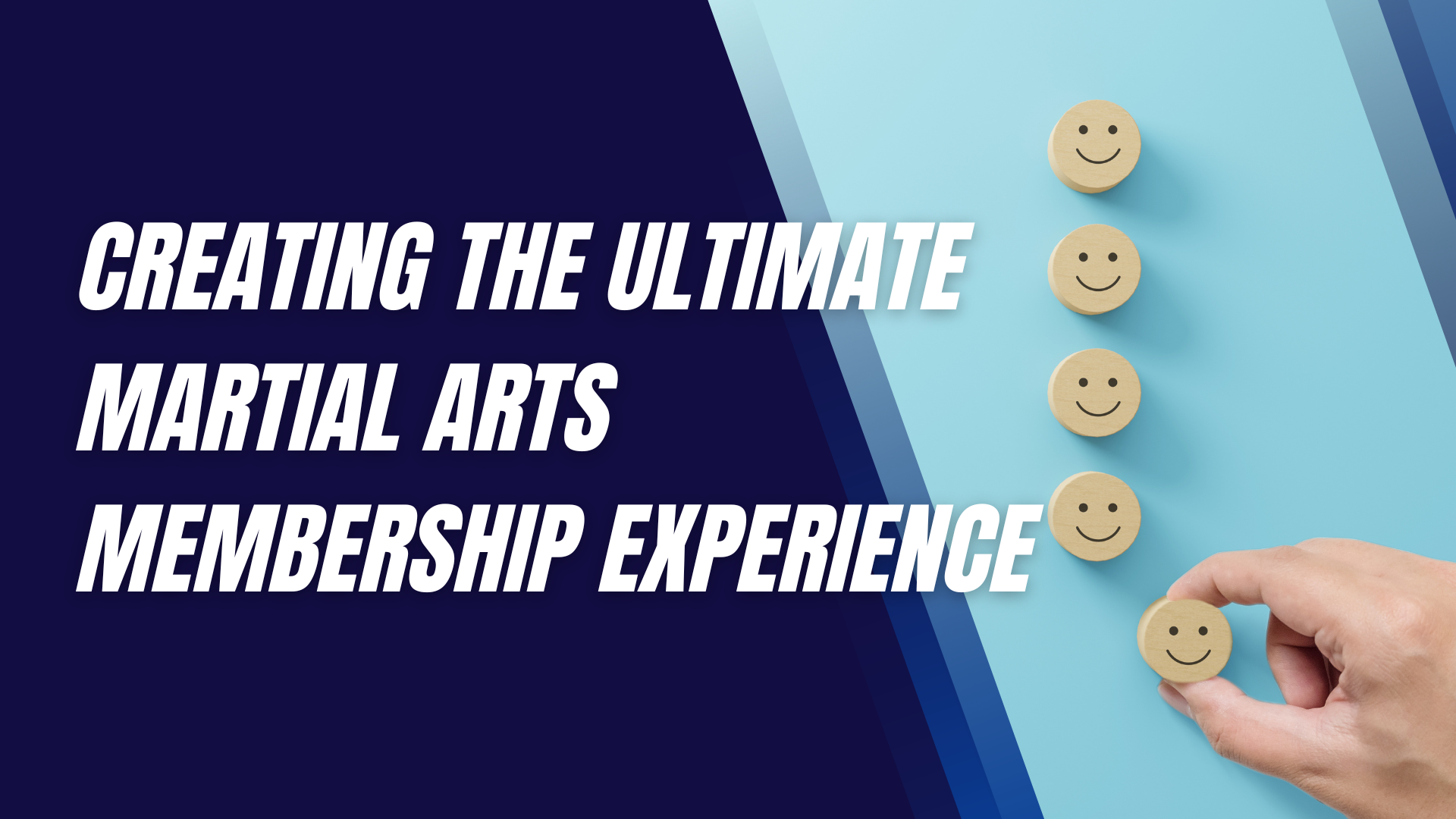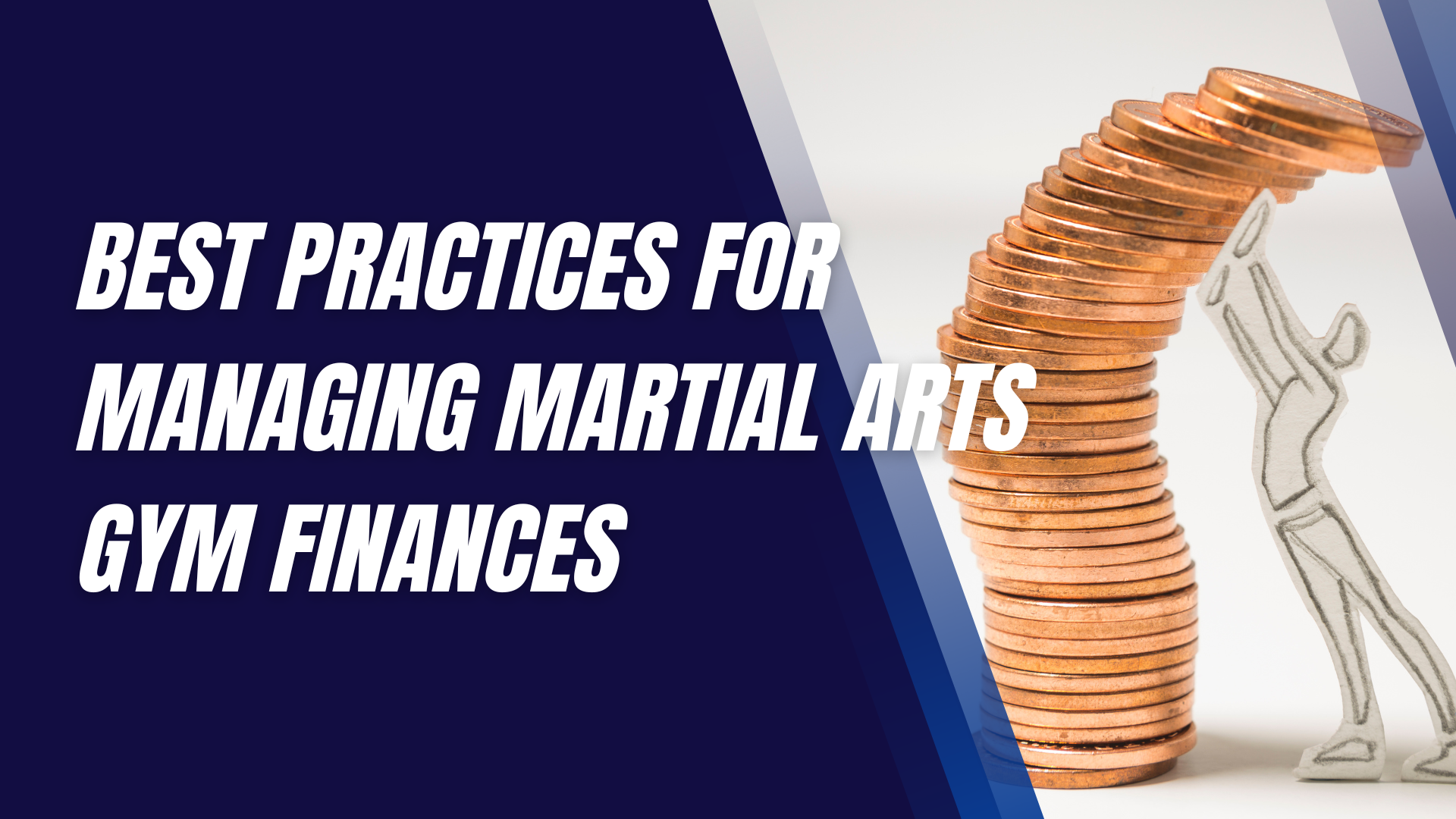Strategies for Balancing Strength and Mobility in Martial Arts
Martial arts are all about balance—both literally and figuratively.
Whether you're practicing Brazilian Jiu-Jitsu, Muay Thai, or Taekwondo, striking the right balance between strength and mobility is key to your success. It’s not just about hitting harder or moving faster; it’s about doing both with precision and control. In this article, we’ll explore strategies that can help you find and maintain that balance, allowing you to excel in your martial art of choice.
Understanding Strength in Martial Arts
Strength in martial arts goes beyond just muscle power. It’s the ability to generate force, maintain stability, and withstand physical demands during training and combat. There are different types of strength—maximal strength, explosive strength, and endurance strength—all of which play a role in martial arts.
Maximal strength is about how much force you can generate in a single effort, like when you throw a powerful punch. Explosive strength is what you use for quick movements, such as a sudden kick or a takedown. Endurance strength is crucial for maintaining power over extended periods, helping you stay effective throughout long sparring sessions or matches.
Certain martial arts, like Judo or Wrestling, may require significant strength to control and manipulate opponents. However, even in arts where technique is paramount, such as Aikido or Wing Chun, a solid foundation of strength can enhance your performance.
The Role of Mobility in Martial Arts
Mobility is your ability to move freely and easily, which is crucial in martial arts. It’s not just about being flexible—though that’s part of it—but also about having a good range of motion and the ability to control your movements within that range. Mobility enables you to execute techniques smoothly, avoid injuries, and adapt quickly during a fight.
Flexibility is one aspect of mobility, allowing you to achieve positions that others might find difficult. For example, high kicks in Taekwondo require significant hip flexibility. But mobility also includes joint stability and movement efficiency, which are necessary for maintaining control and balance during dynamic movements.
In martial arts, mobility allows you to transition between techniques seamlessly, maintain proper form, and react swiftly to your opponent’s moves. It’s an often-overlooked component that can significantly enhance your overall performance.
The Interplay Between Strength and Mobility
Strength and mobility are like the yin and yang of martial arts—each complements and enhances the other. Strength without mobility can lead to stiffness and limited movement, while mobility without strength can result in a lack of power and stability. To be a well-rounded martial artist, you need to cultivate both.
Think of strength as the engine and mobility as the steering wheel. Without a strong engine, you can’t go far; without the ability to steer, you won’t reach your destination. By balancing strength and mobility, you ensure that you’re not just powerful, but also capable of applying that power effectively and safely.
However, balancing these two can be challenging. Overemphasizing strength can reduce your range of motion, while focusing too much on mobility might weaken your power output. The key is to integrate both into your training routine, ensuring that one doesn’t come at the expense of the other.
Assessing Your Current Strength and Mobility
Before you can balance strength and mobility, you need to know where you stand. Self-assessment is crucial. This can be done through various tests and exercises designed to evaluate your current levels of strength and mobility.
For strength, simple tests like push-ups, squats, and deadlifts can give you a sense of your maximal and endurance strength. To assess mobility, you might perform overhead squats, deep lunges, or hip rotations. These exercises can highlight areas where you are either too tight or too weak.
Common imbalances often found in martial artists include tight hips, limited shoulder mobility, and weak core muscles. These can hinder both your strength and mobility, making it essential to address them early on. By identifying your strengths and weaknesses, you can tailor your training to improve where it’s most needed.
Strength Training Strategies for Martial Artists
Strength training for martial arts is different from bodybuilding or general fitness training. It focuses on functional strength—strength that directly translates to better performance in your martial art.
Types of Strength Training:
- Isometric Training: Builds static strength, crucial for holding positions in grappling arts.
- Explosive Training: Enhances your ability to generate power quickly, vital for striking and takedowns.
- Endurance Training: Improves your ability to sustain force output over time, necessary for long fights.
Exercises: Incorporate compound movements like deadlifts, squats, and bench presses to build foundational strength. Plyometric exercises, like box jumps and medicine ball throws, can enhance explosive power.
Progressive Overload: To continue making gains, gradually increase the weight, intensity, or volume of your exercises. This ensures that your strength development keeps pace with your martial arts progression.
Mobility Training Strategies for Martial Artists
Just as you train your muscles for strength, you need to train your joints and muscles for mobility. This doesn’t just mean stretching more—it’s about targeted, consistent work that improves your range of motion and control.
Types of Mobility Training:
- Dynamic Stretching: Involves moving parts of your body through full ranges of motion in a controlled manner—perfect for warm-ups.
- PNF Stretching: A more advanced technique that combines stretching and contracting muscles to improve flexibility.
- Joint Mobilization Drills: Focuses on enhancing movement at specific joints, such as the hips or shoulders.
Mobility Drills: Incorporate drills like hip openers, shoulder dislocates, and spine twists into your routine. These exercises help keep your joints healthy and ready for the demands of martial arts.
Incorporating Mobility: Include mobility work both before and after your training sessions. Dynamic stretches can warm you up, while static stretches and joint mobility work help with recovery and maintaining flexibility.
Integrating Strength and Mobility Training
The real challenge is integrating strength and mobility training into a cohesive plan that supports your martial arts practice. A well-structured week might include:
- Strength Training Days: Focus on compound lifts and explosive movements, 2-3 times per week.
- Mobility Days: Include dynamic stretches, PNF stretching, and joint mobilizations, also 2-3 times per week.
- Mixed Days: Combine both in a single session, ensuring a balance between power and flexibility.
Periodization: Consider using periodization—varying the focus of your training over time. For example, you might spend a month focusing more on strength, then shift to emphasize mobility, ensuring you don’t neglect either aspect.
The Role of Recovery in Balancing Strength and Mobility
Recovery is where your body adapts and grows stronger and more mobile. Without adequate recovery, you risk overtraining, which can lead to injuries and setbacks.
Recovery Techniques:
- Foam Rolling: Helps release muscle tension and improve blood flow.
- Massage: Targets deeper muscle knots and adhesions.
- Active Recovery: Low-intensity activities like walking or yoga can promote recovery without adding stress.
Nutrition: Fuel your body with a balanced diet rich in proteins, fats, and carbohydrates. Hydration is also critical—water supports muscle function and joint lubrication.
Common Mistakes to Avoid
Balancing strength and mobility requires careful planning and listening to your body. Common pitfalls include:
- Overtraining: Too much focus on either strength or mobility can lead to burnout or injury.
- Neglecting Mobility: Focusing solely on strength can reduce flexibility, making you more prone to injuries.
- Ignoring Your Body: Pay attention to pain and discomfort—these are signs that something isn’t right.
Case Studies: Successful Martial Artists Who Balance Strength and Mobility
Example 1: The Strength-Focused Martial Artist A Judo practitioner who emphasized strength to dominate in throws but also incorporated mobility work to maintain agility and prevent injuries.
Example 2: The Mobility-Focused Martial Artist A Taekwondo athlete who prioritized hip flexibility and joint mobility to enhance kicking power and technique, while also building sufficient strength to support those movements.
Both athletes succeeded by tailoring their training to their specific needs and balancing their focus on strength and mobility.
Advanced Strategies for Elite Martial Artists
For those looking to take their training to the next level, consider integrating advanced strategies:
- Explosive Power Training: Combine strength and mobility for moves like explosive push-ups or plyometric lunges.
- Functional Training: Use equipment like kettlebells, resistance bands, and medicine balls to improve overall functional strength.
- Specificity: Tailor your training to the specific demands of your martial art, whether it’s explosive power for Karate or flexibility for Capoeira.
The Mental Aspect of Balancing Strength and Mobility
Physical training isn’t the only component of balance—you also need mental strength. Practices like mindfulness and visualization can enhance your training by helping you stay focused and resilient.
Mindfulness: Incorporating mindfulness into your training can help you tune into your body’s needs, ensuring you don’t push too hard or neglect essential recovery.
Visualization: Mental imagery of your movements can reinforce the neural pathways involved in both strength and mobility exercises, making them more effective.
Adapting Your Training as You Age
As you get older, your body changes, and so should your training. Aging can affect both strength and mobility, but with the right approach, you can maintain a balance between the two.
Modifications: Lower the intensity of strength training but maintain consistency. Focus more on mobility to counteract the natural decline in flexibility that comes with age.
Lifelong Balance: Maintaining a balance between strength and mobility is a lifelong journey. Adjust your training routine regularly to meet your body’s changing needs.
Final Thoughts
Balancing strength and mobility in martial arts is not just a goal—it’s a journey. By integrating the strategies discussed in this article, you can enhance your martial arts performance, reduce the risk of injury, and achieve long-term success. Remember, it’s not just about being strong or flexible; it’s about being the best martial artist you can be by combining both aspects effectively.
Interested in trying a martial arts class? Find an affiliated academy anywhere in the country by clicking here.
Have your own martial arts program? Get to know more about what we have to offer at Ground Standard Agency for helping martial arts businesses grow.
Email us at info@groundstandard.com, or call and text us at (732) 907-8920 today to learn how to start growing your own academy, school, dojo, or gym with us as well.
Share this article












